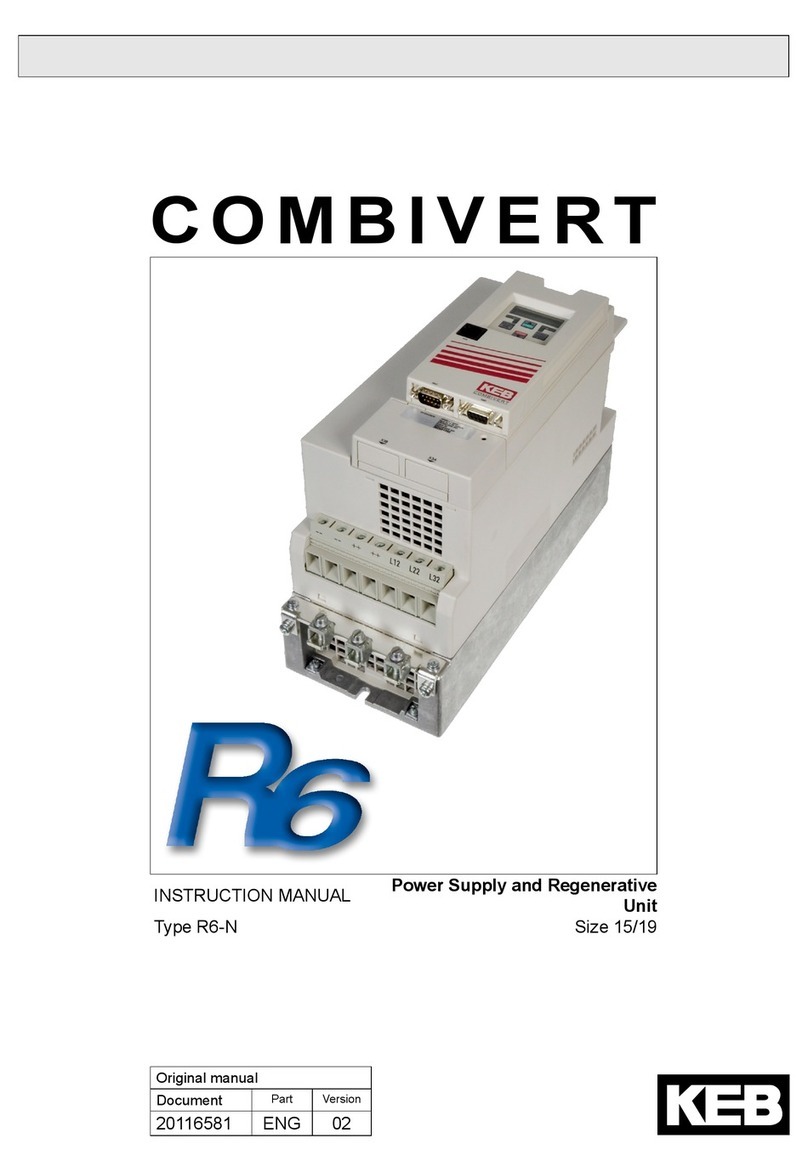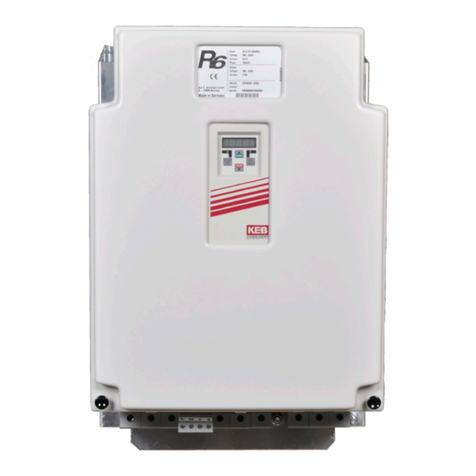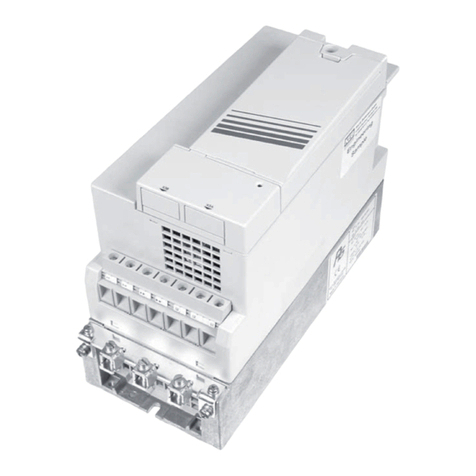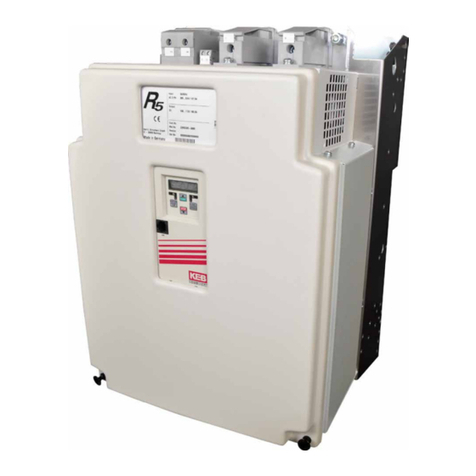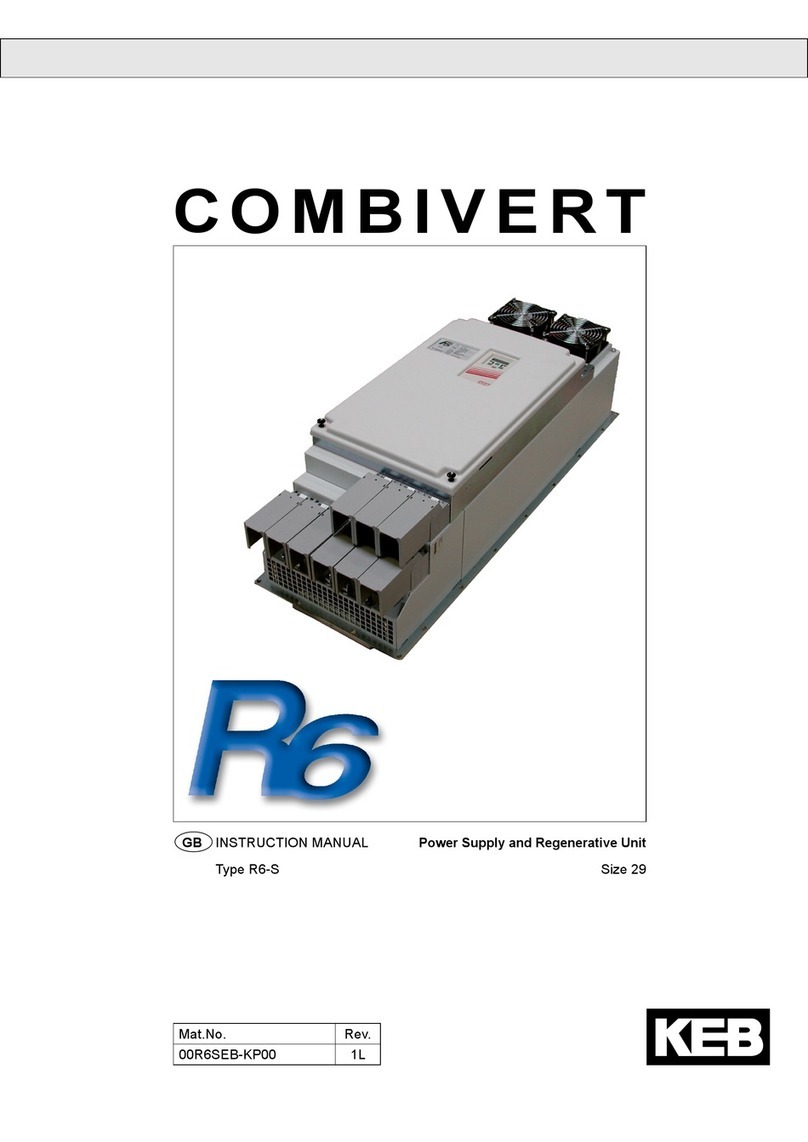
US - 2
1. Introduction......................................................................................................................4
1.1 Preface............................................................................................................................................... 4
1.2 Product description.......................................................................................................................... 4
1.3 Specified application........................................................................................................................ 5
1.3.1 Standard operation ............................................................................................................................. 5
1.3.2 Abnormal operation............................................................................................................................. 5
1.4 Unit identification.............................................................................................................................. 5
2. Safety Instructions..........................................................................................................6
2.1 General instructions......................................................................................................................... 6
2.2 Transport, storage and installation................................................................................................. 6
2.3 Electrical connection........................................................................................................................ 7
2.4 EMC instructions ............................................................................................................................ 10
2.5 EMC conforming installation.........................................................................................................10
3. Technical Data ...............................................................................................................12
3.1 Power data....................................................................................................................................... 12
3.2 Operating Environment Specifications ....................................................................................... 13
3.3 Accessories..................................................................................................................................... 14
3.4 Options ............................................................................................................................................ 14
3.5 Dimensions and weights................................................................................................................14
3.5.1 COMBIVERT R6-S ........................................................................................................................... 14
3.5.2 Commutation Choke ......................................................................................................................... 15
3.5.3 HF sub-mount filter ........................................................................................................................... 15
3.5.4 Synchronization Cable ..................................................................................................................... 15
3.5.5 Ferrite Rings ..................................................................................................................................... 15
4. Installation......................................................................................................................16
4.1 EMC-compatible control cabinet installation............................................................................... 16
4.2 Installation instructions ................................................................................................................. 16
4.3 Connection of the COMBIVERT R6...............................................................................................17
4.3.1 Connection terminals of the power circuit......................................................................................... 17
4.3.2 Connection terminals of the commutation choke.............................................................................. 17
4.3.3 Connections of the synchronization module .........................................................................................
4.4 Connection power circuit R6-S with internal fuses..................................................................... 18
4.4.1 Points for General Consideration........................................................................................................... 18
4.4.2.1 Wiring Scheme 'A' with Single Regen Unit.......................................................................................... 18
4.4.2.2 Wiring Scheme 'A' with Single Regen Unit and Harmonic Filter ......................................................... 18
4.4.3 Wiring Scheme 'A' with Parallel Regen Units ........................................................................................ 19
4.4.4 Wiring Scheme 'B' with Single Regen Unit ....................................................................................... 20
4.4.5 Wiring Scheme 'B' with Parallel Regen Units ..............................................................................................21
4.4.6 Sizing for Wiring Scheme A..........................................................................................................................22
4.4.7 Sizing F5 DC Bus Capacitances.................................................................................................................23
4.5 Control connections....................................................................................................................... 24
4.5.1 Assignment of the control terminal strip X2A.................................................................................... 24
4.5.2 Assignment of socket X2B ............................................................................................................... 24
4.5.3 Wiring example ................................................................................................................................. 25
4.6 Operator........................................................................................................................................... 26
5. Operation of the Unit.....................................................................................................27
5.1 Keyboard ......................................................................................................................................... 27
5.2 Operation with PC and programming software COMBIVIS......................................................... 27
5.3 Turn-on and operation procedure................................................................................................. 28
5.4 Parameter summary ....................................................................................................................... 29
5.5 Parameter description.................................................................................................................... 30
6. Diagnosis and Troubleshooting...................................................................................34
Table of Contents
